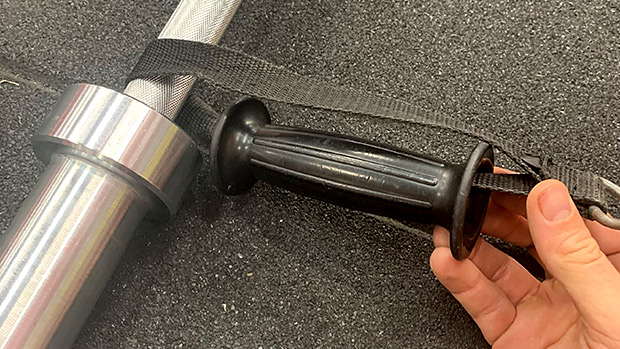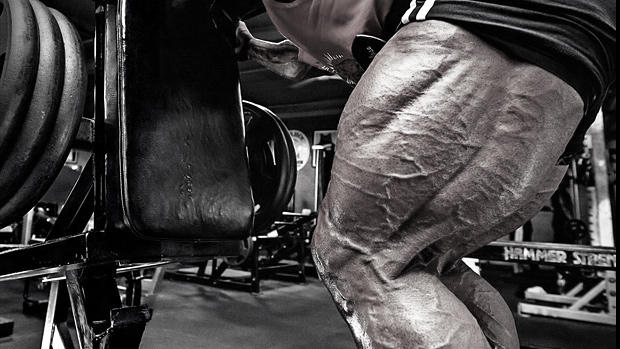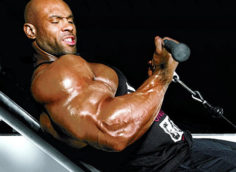Lifters think of deadlifts as a hamstring-building exercise. And they're right: conventional, sumo, RDL, stiff-legged... every variation has its merits.
Unfortunately, if you have low-back issues, grumbly disks, or painful (unintended) low-back pumps, hammering deadlifts for weeks can have you feeling beaten up.
This doesn't necessarily mean deadlifts are "bad" for you. But it does mean you could do with switching to a friendlier alternative for a while to keep you progressing.
Cable hamstring RDLs allow you to train the same movement pattern, while arguably allowing you to place more tension through your hamstrings. They're also a good variation for beaten-up backs. Even if your back is fine, these are still useful for adding some hamstring meat.
You'll need a dual-adjustable cable machine like the one in the video. Something like a Cybex Functional Trainer or a Keiser Functional Trainer would work. You'll also need a bar-style cable attachment. (If you don't have one of these attachments, you'll see a workaround below.)
The attachment should be set just off the floor. Pick it up and step back a foot or two, which will change the angle of pull from the cable. Engage your lats, push your hips back, and allow the bar to travel in toward the cable machine.
Once your hamstrings have gone as far as they can handle, return to the start position. Just think of it as a traditional RDL, but you'll be forced into a slightly different movement to compensate for the direction of the cable.
If you don't have access to the type of cable attachment shown, here's an effective way to do it using a barbell.
Here's a closer look at how the cable is attached to the barbell using a common handle. (Ankle attachments will also work.)

When using the combo (cable and barbell) version you'll also need to account for the extra weight of the bar. This adds another element to the exercise, where on top of the more horizontal cable load you'll also be adding to the vertical.
You can add weight to the bar here, but keep in mind how this'll affect the overall profile of the exercise. There are some merits to doing this, but for now let's stick to the exercise in question where the majority of weight is coming via the cable stack (two cable stacks, technically).
Due to the cable angle, the exercise is designed so that your hamstrings are likely to give out well before your back does. Your hamstrings are taken into a fully lengthened position under load, while your low back will feel like it's on vacation.
Theoretically, there's very little sheer or compressive force coming through your lumbar region, while there might even be a little traction of the spine as you reach into the bottom position (depending on the height of the cable).
These Romanian deadlifts are anything but an ego lift. They prioritize tension through the targeted muscle. This is good news if size is your priority.
When it comes to hypertrophy, your muscles don't give a damn how much your ego is lifting. Tucked away by layers of connective tissue and skin, they're blind to what goes on outside. They do recognize tension though – and you'll get plenty of it with this exercise.
You'll also notice that as your toes get pulled into the floor (resisting dorsiflexion), your calves will become more active. This co-contraction of the gastrocnemius adds to the effect and will make things even harder for your hamstrings.
Try these in place of your regular deadlifts as a way to vary the training stimulus or work around a tricky back. They're also a useful alternative to exercises such as 45-degree back extensions, reverse-hypers, pull-throughs and the like. Sets and reps should be similar.





